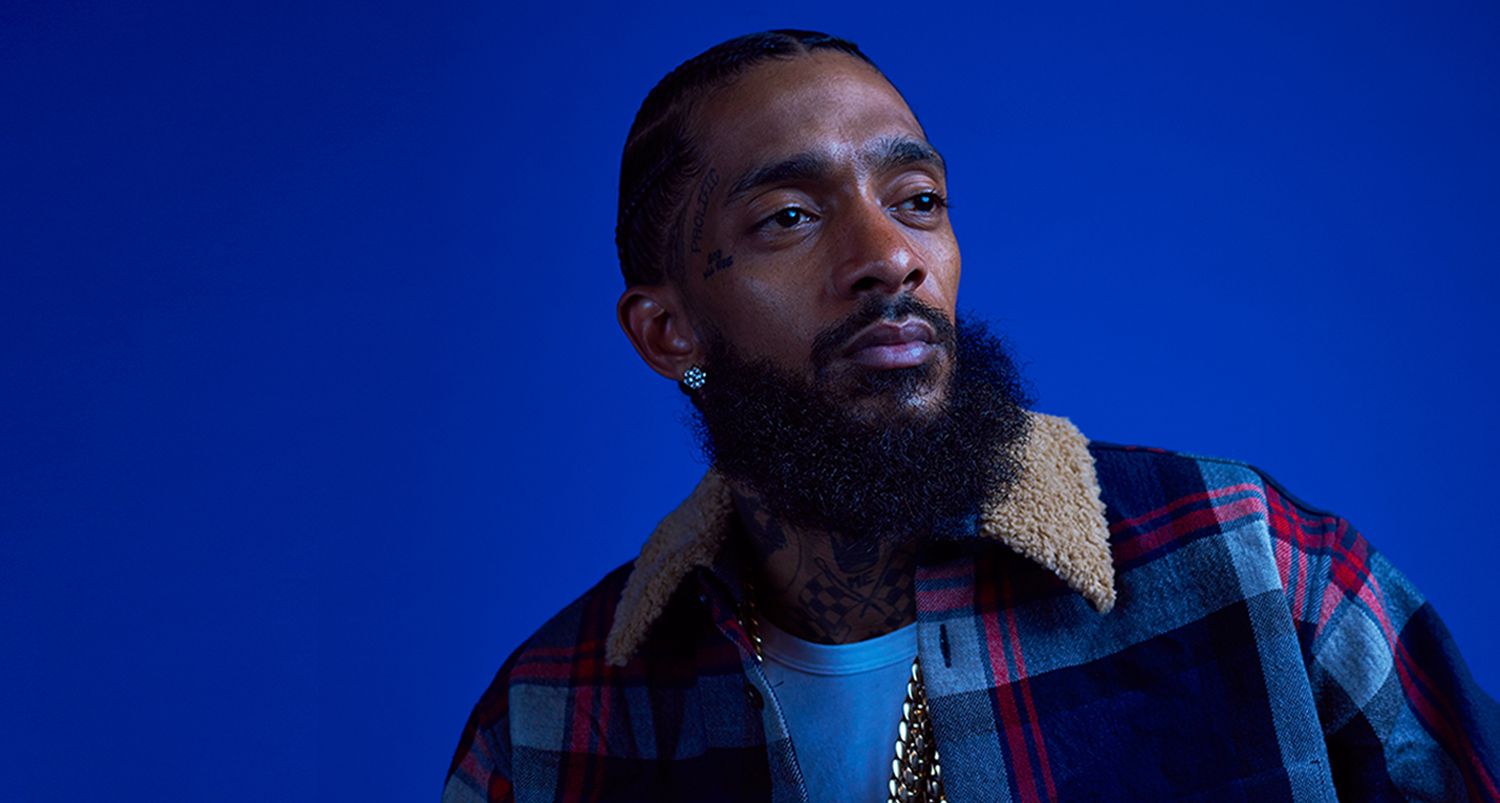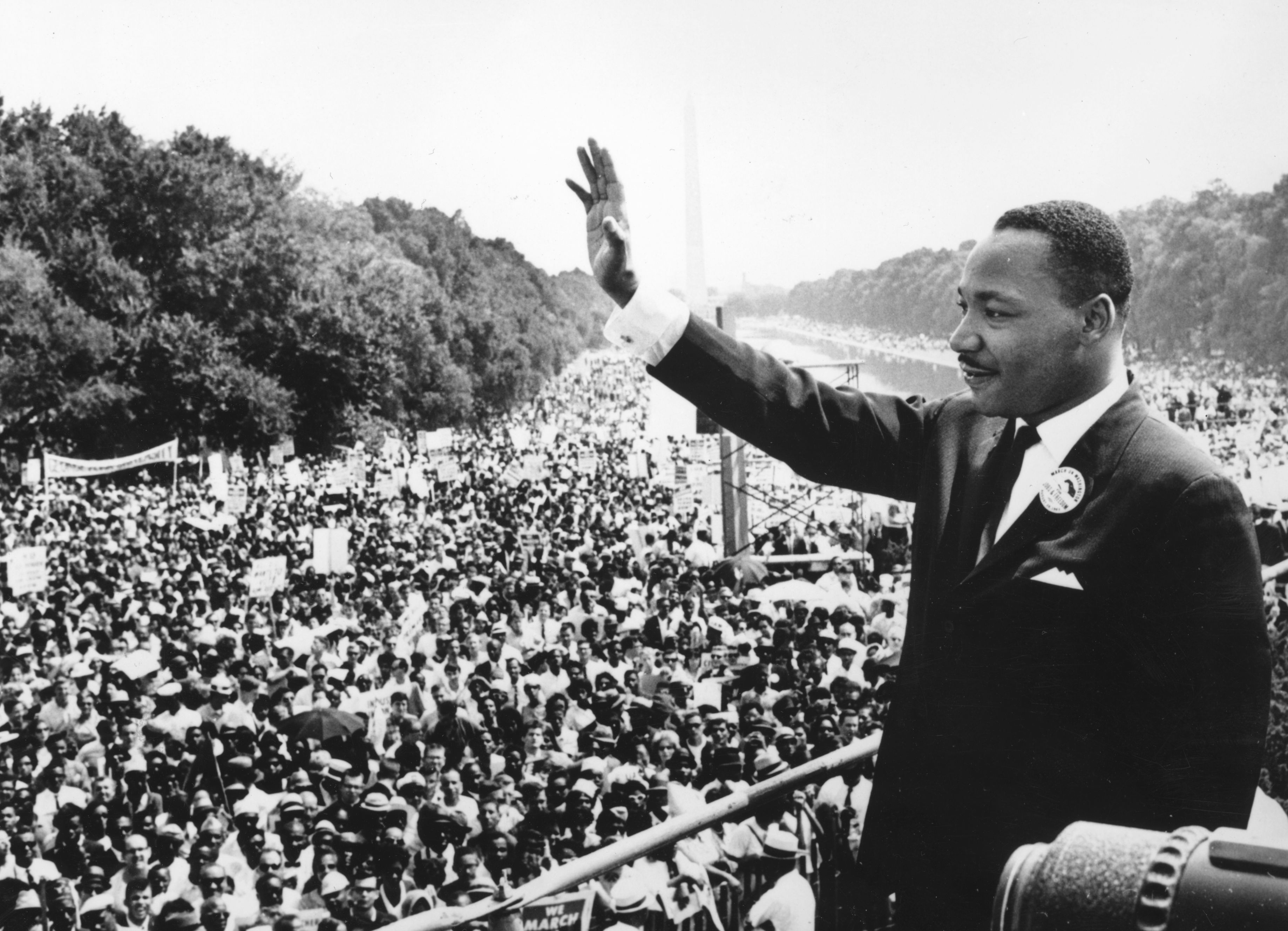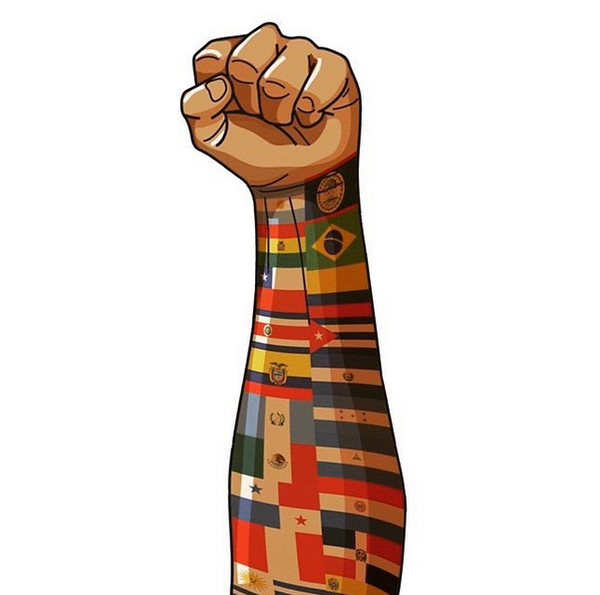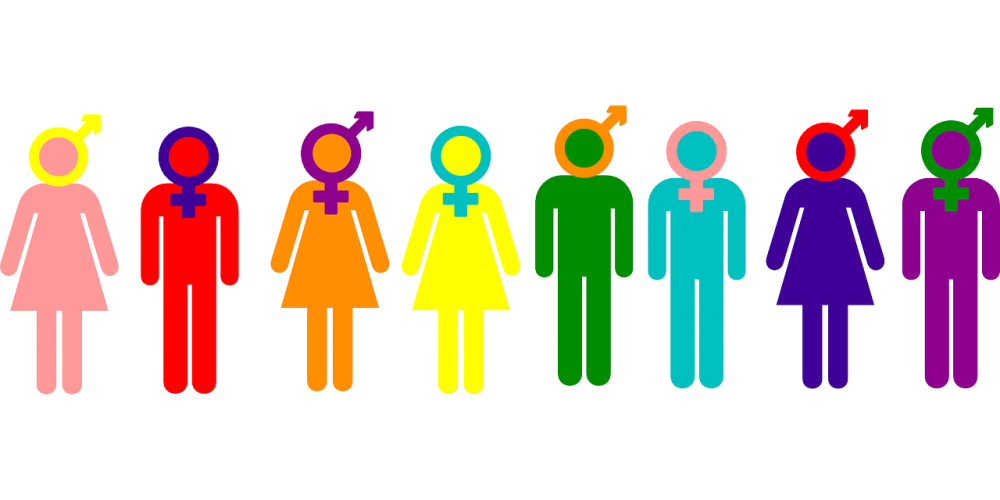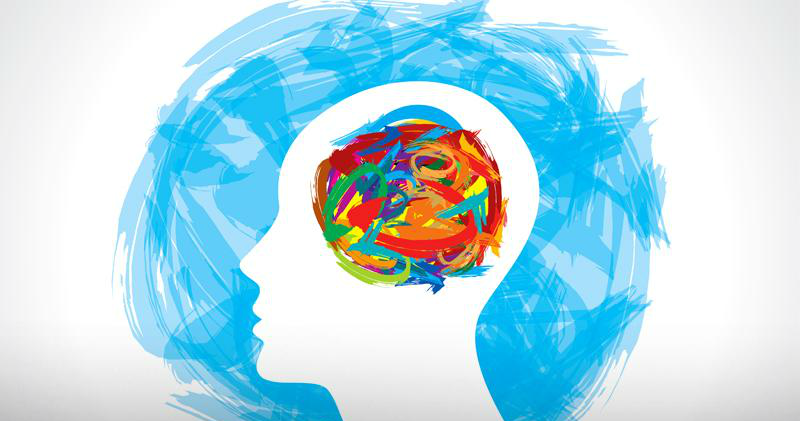by Allan Gomez
Have you ever thought about how humans developed language? How is it that we have a come to such an intricate (and fluid) design of ways to communicate? Linguists have wondered about this question for many years, going back to study some of the earliest documented civilizations. Noted MIT linguist (and Anarchist!) Noam Chomsky stated in the 1950’s that grammatical structures were innate to our existence (“The child is built to know language”). However, without any kind of access to the primordial moment every theory has been based on speculation, since we have influenced all our learning and communications based on existing language structures.
In the 1980’s, due to a surprising outcome from the Nicaraguan Sandinista Revolution of 1979 through the seemingly unlikely protagonists of deaf children, the world was given the closest documented glimpse of the evolution of human language.
As is the unfortunate reality for many persons with disabilities, deaf children in Nicaragua (and many parts of the world) had a long history of being marginalized and shuttered away from society at large. A much-heralded program launched by the Sandinistas was their Literacy Campaign. As an extension of the highly successful campaigns, two Managua-based schools for deaf children grew from around 50 students in 1977 to over 400 by 1983.
The fact that pedagogy was rooted in spoken Spanish, lipreading and some fingerspelling led to initial interactions between teachers and students having little success. Children remained disconnected linguistically from their teachers. However, the children’s interactions amongst each other led to the early formation of a pidgin-like language. This early stage is referred to as Lenguaje de Signos Nicaraguense (LSN).
The staff at the school, unaware that a brand-new language was being formed, felt that the gesturing was merely mime and an overall failure to acquire Spanish. They sought outside help to better understand what was happening. In 1986 the Nicaragua Ministry of Education reached out to Judy Kegl, an American Sign Language linguist also from MIT.
Kegl and other researchers started to analyze what was happening and soon discovered that the older children were using the pidgin form of sign language, a crude method that was tied to existing home-learned gestures, basically a vocabulary function. However, the most fascinating discovery came from observing the youngest children (pre-adolescent). They had taken the pidgin model from older children and were developing a higher level of complexity involving intricate grammar conventions such as verb agreement. This later stage is referred to as Idioma de Signos Nicaraguense (ISN).
From wikipedia: ISN offers a rare opportunity to study the emergence of a new language. Before ISN, studies of the early development of languages had focused on creoles, which develop from the mixture of two (or more) distinct communities of fluent speakers. In contrast, ISN was developed by a group of young people with only non-conventional home sign systems and gesture.
This powerful story has two remarkable components for me. One is that a traditionally marginalized population provided the insight for all humans to learn about themselves. And the second is that it was children who were true generators of a new language. The sad reality is that society has long undervalued the contributions possible from both persons with disabilities and children in general. Yet here is an example of children with a disability being the only way we could catch a glimpse of our primordial development and unlock some of the mysteries of our shared humanity.
Many articles have been written about this phenomenal experience. Here are a few links for a deeper dive.
https://www.atlasobscura.com/articles/what-is-nicaraguan-sign-language
https://archive.nytimes.com/www.nytimes.com/library/magazine/home/19991024mag-sign-language.html
https://chomsky.info/1996____/
https://www.pbs.org/wgbh/evolution/library/07/2/l_072_04.html
